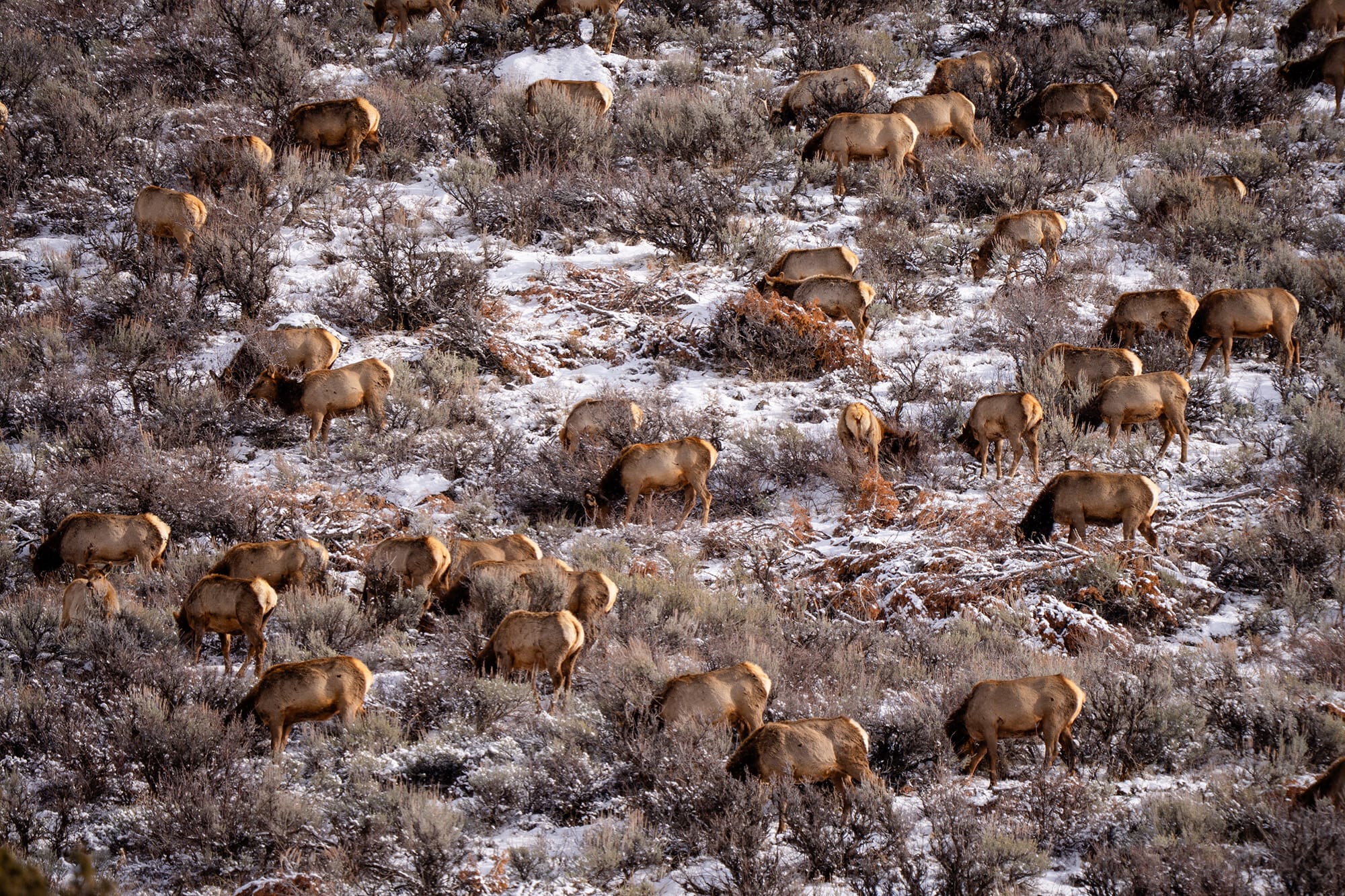Utah is set to double nonresident hunting fees across the board starting July 1, 2025. The hikes, passed under Senate Bill 8, are meant to bolster funding for wildlife management and conservation—but they’re already sparking debate over affordability and access for hunters coming from out of state.
Under the new structure, costs will rise sharply. A basic nonresident hunting license will jump from $120 to $240. Application fees will double from $16 to $32. General-season buck deer permits will go from $418 to $836, while limited-entry bull elk tags will leap from $1,050 to $2,100.
Premium tags will see the steepest increases. A desert bighorn sheep permit, for example, will climb from $2,244 to $4,488.
Why the Increase?

Utah’s Division of Wildlife Resources (DWR) has defended the steep fee hikes by pointing to rising costs tied to wildlife management and habitat preservation. With environmental pressures mounting and outdoor recreation demand growing, officials say more funding is critical to sustain healthy wildlife populations.
Revenue from the increases will go directly into key initiatives such as habitat restoration, species conservation, and anti-poaching enforcement. In short, DWR argues the added burden on nonresident hunters is necessary to maintain Utah’s world-class hunting opportunities.
Not everyone is convinced. Many out-of-state hunters worry the price tags will simply push them out, leaving Utah’s landscapes to a smaller, wealthier group of sportsmen. Critics argue that while conservation is important, doubling fees in one shot risks alienating a broad swath of hunters who have long supported Utah’s wildlife programs.
Industry experts note the move reflects a growing trend across the West. More states are leaning heavily on nonresident hunters to cover conservation costs, viewing them as an essential—if expensive—piece of the funding puzzle.
With the July 1, 2025, deadline approaching, nonresidents should take a hard look at the new numbers and weigh how they’ll fit into their hunting budgets.
Bottom line: hunting isn’t getting any cheaper. Start saving your pennies now.
FAQ’s
How much is a Utah non-resident elk tag?
A Utah non-resident elk tag usually costs around $1,000, depending on whether it’s for a limited-entry or general-season hunt.
Is Utah a good place to hunt?
Yes. Utah is known for its healthy elk herds, mule deer, and beautiful landscapes that make for a memorable hunting experience.
When to apply for Utah Hunts 2025?
Applications for the 2025 season will likely open in January and close in early March. Always check the Utah Division of Wildlife Resources for exact dates.
How long is a Utah hunting license good for?
A Utah hunting license is valid for 365 days from the date of purchase.
What is the cheapest state to hunt elk for non-residents?
Colorado is often considered the most affordable option for non-resident elk hunters because it offers over-the-counter tags at lower prices compared to other states.
How many elk tags are left in Utah?
Tag numbers change each season based on herd management. You’ll need to check the Utah Division of Wildlife Resources website for current availability.
What is the easiest state to go elk hunting in?
Colorado is often called the easiest because of its large elk population and the availability of over-the-counter tags.
How much does an elk hunt cost in Utah?
Costs vary widely. A do-it-yourself hunt might run about $1,000–$2,000, while guided trophy hunts can reach $10,000 or more.
Where is the cheapest place to buy hunting land in the US?
States like West Virginia, Arkansas, and parts of northern Michigan often have some of the lowest land prices for hunting property.
Where is 1 acre of land the cheapest?
Rural areas in states like Arizona, New Mexico, and Arkansas tend to have the cheapest prices per acre.
What state has the best hunting land?
States like Montana, Colorado, and Texas are often mentioned for having some of the best hunting land because of abundant game and varied terrain.
How much is an acre of hunting land in MN?
In Minnesota, hunting land prices usually range from $2,000 to $5,000 per acre, depending on location and quality of the property.
